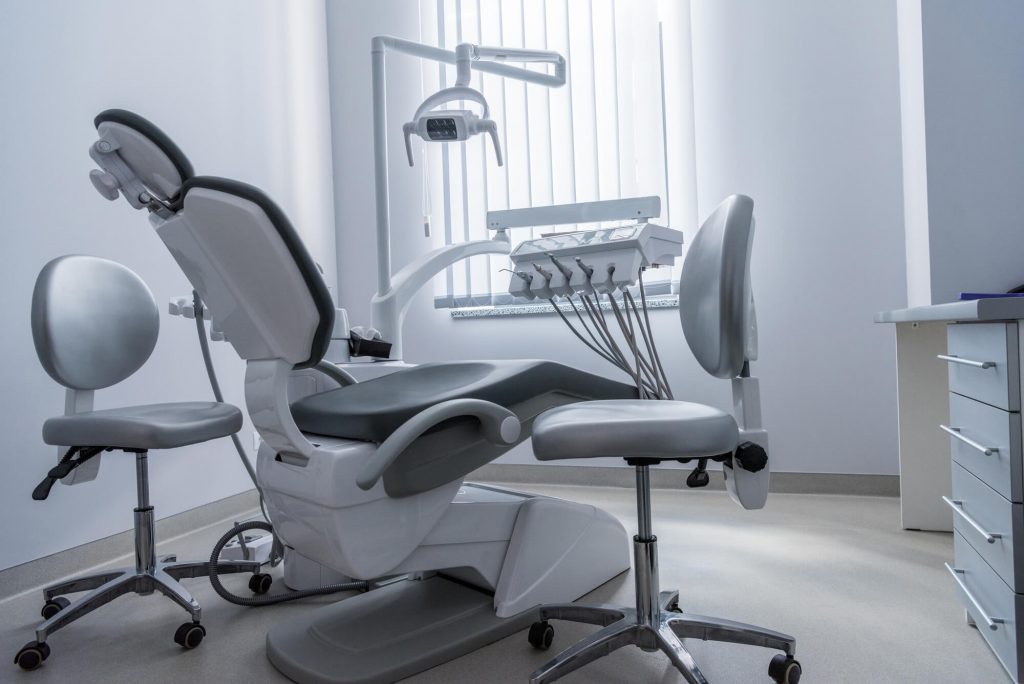Do you need dental bone grafting in Raleigh? A dental bone graft may be required if you have significant bone loss in your jaw. It’s also recommended for people about to undergo dental implant surgery but do not have sufficient jawbone density to anchor the implants. Dental bone grafting aims to add density and volume to your jaw in specific areas where bone loss is evident.
The material used for the bone graft can be autogenous, xenograft, allograft, or alloplast. Autogenous is when it is taken from your own body, xenograft is when the material is bought from an animal tissue bank, the allograft is obtained from a human tissue bank, and alloplast is when it is made out of synthetic material.

The Answers to Your Dental Bone Grafting Questions
How Does the Procedure Work?
When the bone graft is placed in the area where bone loss has occurred, it will create a space for your body to regenerate new bone tissues. The dental bone graft will act like a scaffold that allows your body to grow bone tissues in and around it. There are cases where your dentist may mix the dental bone graft with PRP or platelet-rich plasma, which is acquired from your blood to help encourage healing and faster tissue regeneration.
Who Are Ideal Candidates for Dental Bone Grafts?
People who have bone loss in their jaw can benefit from a dental bone graft. It is recommended if you have the following:
- Specific areas in your jaw that have lost some bone as a result of periodontal disease
- The need to rebuild your jaw before receiving dentures
- Lack of jawbone needed to get dental implants
- About to have your tooth extracted
Who Can Perform Dental Bone Grafts?
How common is dental bone grafting? Interestingly, bone grafting is one of the most frequent tissue transplantations globally and comes right after blood transfusion. Statistics show that more than two million people undergo bone grafting every year, while 500,000 are in the U.S. The procedure can be performed by a general dentist, oral surgeon, or periodontist.
What Are the Different Types of Bone Grafts?
There are four main categories of bone grafts – socket preservation, ridge augmentation, sinus lift, and periodontal bone graft.
Socket Preservation
Socket preservation, also known as ridge preservation, is a procedure wherein your dentist places the graft in the empty socket following a tooth extraction, thereby filing in the space left by the missing tooth. This stops the sides of the open socket from closing in.
Ridge Augmentation
If you have several missing teeth and you haven’t had them replaced in a while, the jawbone that supports them will start to thin out. Your dentist will perform a ridge augmentation to restore the volume and width of your jawbone to offer a solid and secure foundation for your implants or other tooth replacement options.
Sinus Lift
Are you familiar with your maxillary sinuses? These are the sinuses that are located right above your upper back teeth. If you no longer have back teeth, your maxillary sinuses tend to drop and occupy the space where the tooth roots once were. In such a case, you cannot receive implants because the posts would go through your sinus membrane.
Your periodontist or surgeon will do a sinus lift to raise the sinuses back to their original positions to fix this problem. Once the sinuses are lifted, a bone graft is placed underneath them to provide a strong foundation for your implants.
Periodontal Bone Graft
Did you know that periodontal disease can cause your jawbone to erode? Not only does it cause bone loss, but it also inevitably leads to loose teeth. To stop your teeth from becoming loose, your periodontist will perform a periodontal bone graft and place it around your tooth to minimize its mobility and enhance support.
Dentists will wait until the bone graft has healed completely before placing the implants. The timelines can vary from person to person because everyone heals differently.

What Happens Before Dental Bone Grafting?
Your dentist will do an oral examination to check the condition of your teeth, gums and assess your jawbone. Scans and dental X-rays may be ordered to visualize the extent of the damage fully. After the tests are taken, your dentist will discuss your options and design a tailor-made treatment plan to address your needs.
What Happens During Dental Bone Grafting?
The area will be anesthetized to keep you comfortable and relaxed during the surgery. A tiny incision is made in your gums, and the gum tissues are pulled back to expose the jawbone. After disinfecting the area, the bone grafting material is added to fill the space. Sometimes dentists cover the bone graft with a membrane for protection. Lastly, the gum tissues are stitched back into place.

Do You Want to Learn More About Dental Bone Grafting in Raleigh?
Jawbone loss can negatively impact your oral health in more ways than one. Make sure you find a reliable oral surgeon to perform it. At Tyron Family Dentistry, we offer superior quality dental service to help improve your oral health. Call us today for an appointment.

